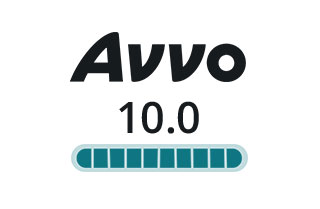In today’s post, we’ll continue exploring some basic background information about brachial plexus birth palsy — or BPBP– a condition that affects anywhere from one to two of every 1,000 babies born here in the U.S., and which can frequently be traced to medical negligence during the delivery.
Please see our previous post to learn more.
Are there different types or forms of BPBP?
Yes, there are different types of BPBP. However, it’s important to understand that the symptoms associated with these differing types of BPBP are generally the same in that the child will always experience some form of limited movement, paralysis and loss of feeling. The significance of these differing degrees comes into play to the extent that it helps determine both projected recovery and treatment options.
Stay tuned for future posts in which our blog will examine the exact causes behind BPBP, as well as the available treatment options.
Sources: American Academy of Orthopaedic Surgeons, “Erb’s Palsy (Brachial Plexus Birth Palsy),” Dec. 2010; Boston Children’s Hospital, ” Brachial plexus birth palsy: In depth,” Sept. 2014





Leave a Reply